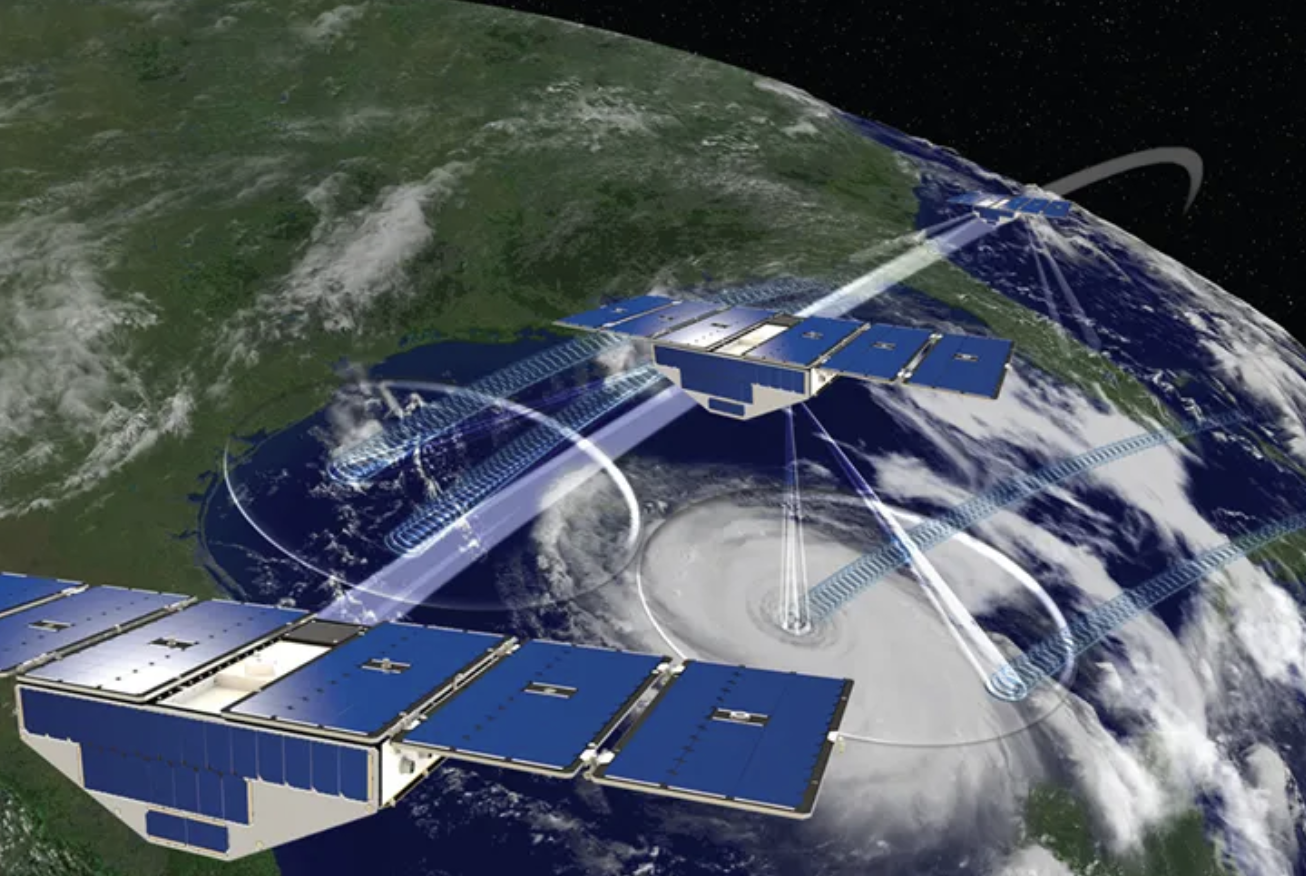Utilizing GAN and 3D CNN with Transfer Learning for Robust Predictions
This study leverages the power of Generative Adversarial Networks (GAN) and 3D Convolutional Neural Networks (CNN) in tandem with transfer learning to offer a state-of-the-art approach to flash drought prediction. The GAN framework is utilized to generate high-resolution, synthetic representations of potential drought scenarios, enhancing the diversity and depth of training data. Simultaneously, 3D CNNs are employed to capture the spatiotemporal dynamics of flash droughts, effectively identifying patterns across time and space. Transfer learning bridges the gap between data-rich and data-scarce regions, ensuring that the model is well-adapted and highly predictive even in areas with limited data.
SHAP Methods for Interpretability and Mechanism Understanding
This research also incorporates SHapley Additive exPlanations (SHAP) methods to ensure that the results of the complex models are interpretable and trustworthy. By applying SHAP, we aim to demystify the decision-making process of the deep learning models, providing clear, quantifiable insights into how each input feature influences the prediction of flash droughts. This not only enhances the credibility of the model's predictions but also offers invaluable understanding into the underlying mechanisms driving flash drought occurrences.
What We Aim to Achieve
Through this research, our goal is to develop a highly accurate and interpretable flash drought prediction model that excels even in ungaged regions. By harnessing remotely sensed data, advanced deep learning architectures, and innovative interpretation methods like SHAP, we aim to:
- Enhance the predictability of flash droughts, offering timely and accurate forecasts.
- Provide clear insights into the driving mechanisms behind flash droughts, facilitating a deeper understanding of their rapid onset and progression.
- Improve drought management strategies and mitigation efforts by offering actionable intelligence derived from our predictive models.
Data and Analytic Skills We Use for This Project
This research requires a blend of specialized skills and knowledge, including:
- Remote Sensing Expertise: Proficiency in acquiring and processing remote sensing data to extract meaningful hydrological and meteorological indicators.
- Deep Learning Proficiency: Strong command over deep learning architectures, particularly GANs and 3D CNNs, and transfer learning techniques for developing predictive models.
- SHAP and Model Interpretation Skills: Ability to apply SHAP and other interpretation techniques to ensure the transparency and reliability of the model's predictions.
- Hydro-Meteorological Domain Knowledge: A comprehensive understanding of drought mechanisms, hydrological cycles, and meteorological patterns to guide the model development and result interpretation.
- Programming and Software Proficiency: Skilled in programming languages (e.g., Python, R) and familiar with key machine learning libraries (e.g., TensorFlow, PyTorch) for efficient model implementation and analysis.
Our supportive academic environment is committed to fostering these skills, ensuring a collaborative and insightful research journey.
Possible Related Topics for Further Research
- Assessing Agricultural Vulnerability to Flash Droughts: Using deep learning to analyze the impact of rapid-onset droughts on crop yield and farming practices.
- Urban Water Management Under Flash Drought Conditions: Developing predictive models to assist in water resource management in urban settings, focusing on supply-demand dynamics during flash droughts.
- Ecosystem Resilience and Flash Droughts: Studying the resilience of natural ecosystems to flash droughts and identifying key indicators of ecosystem health and stability.
- Climate Change and Flash Drought Incidence: Investigating the potential correlation between climate change patterns and the frequency or intensity of flash droughts.
By exploring these topics, we aim not only to advance the field of flash drought prediction but also to contribute significantly to the broader understanding of their impact and the strategies required for effective management and mitigation.



















